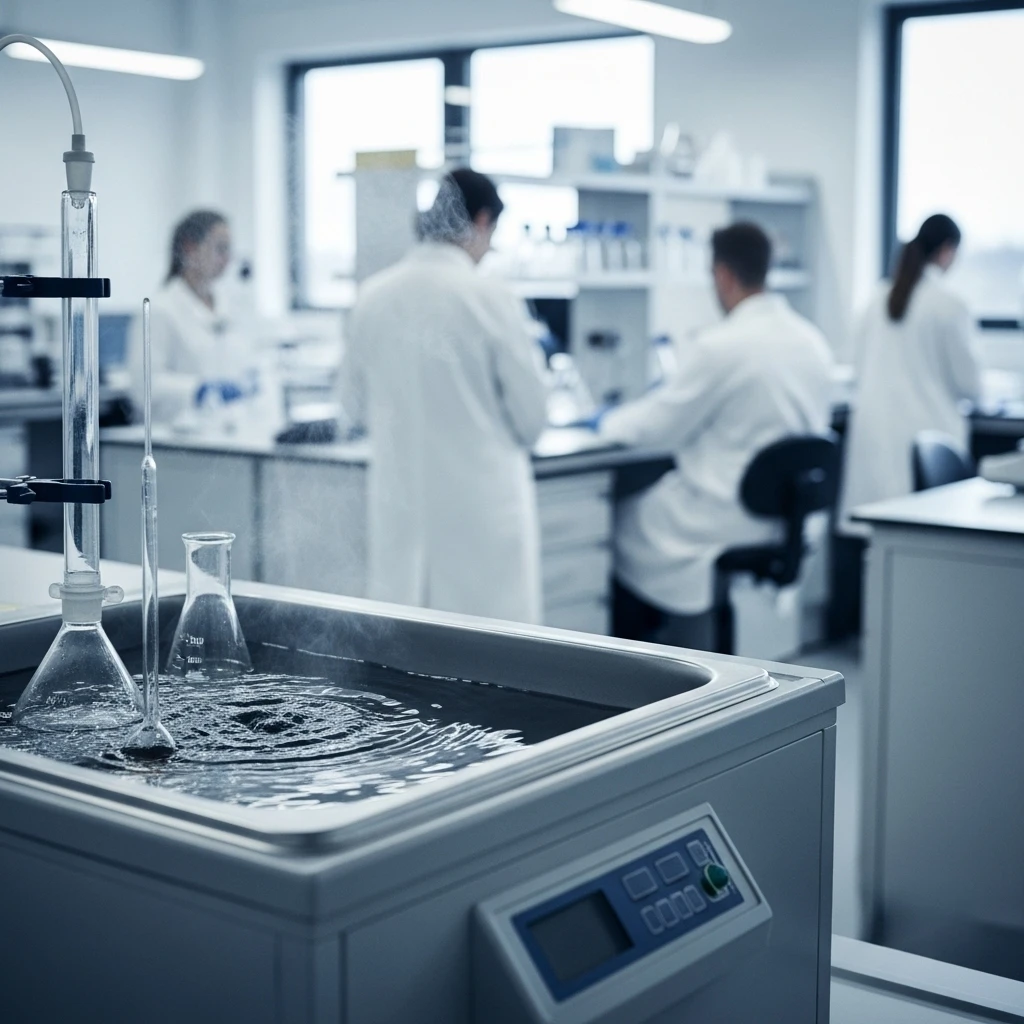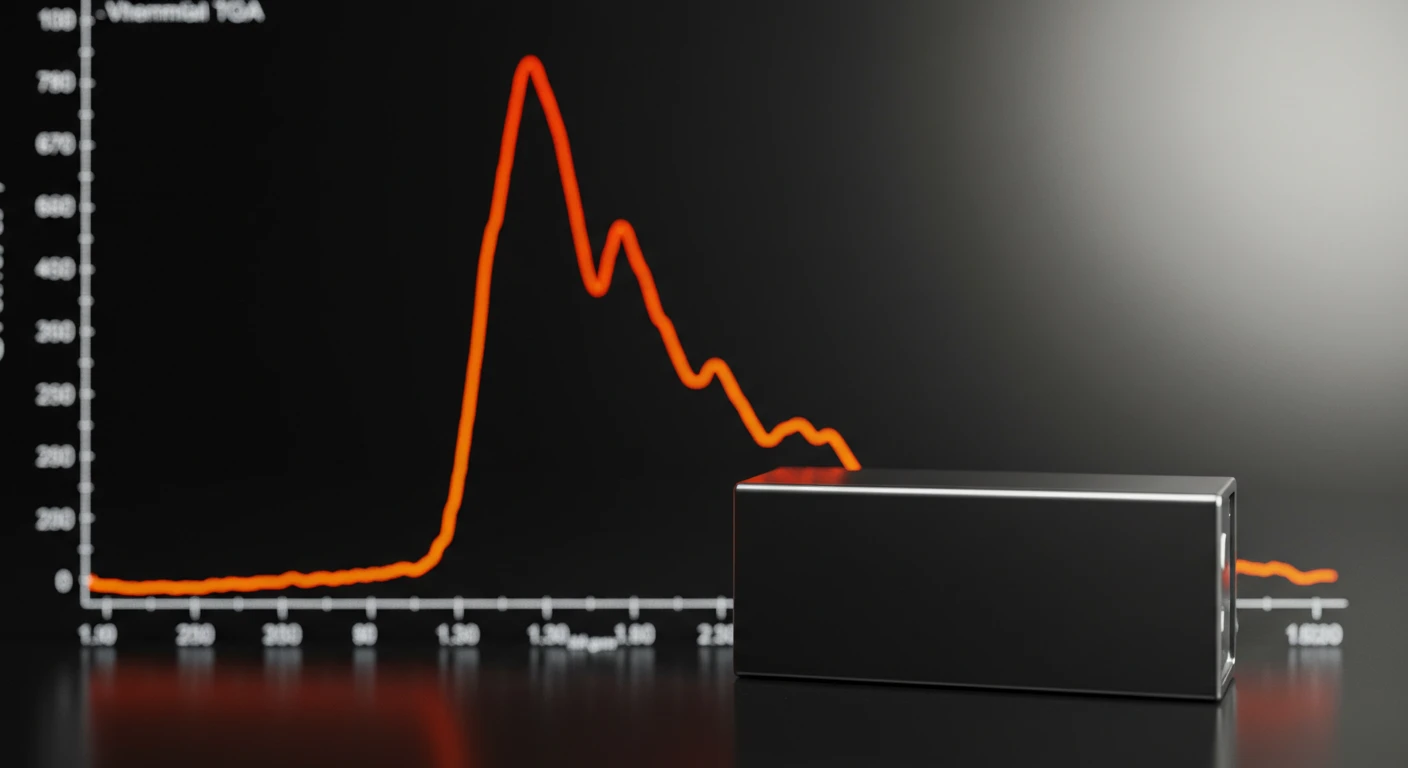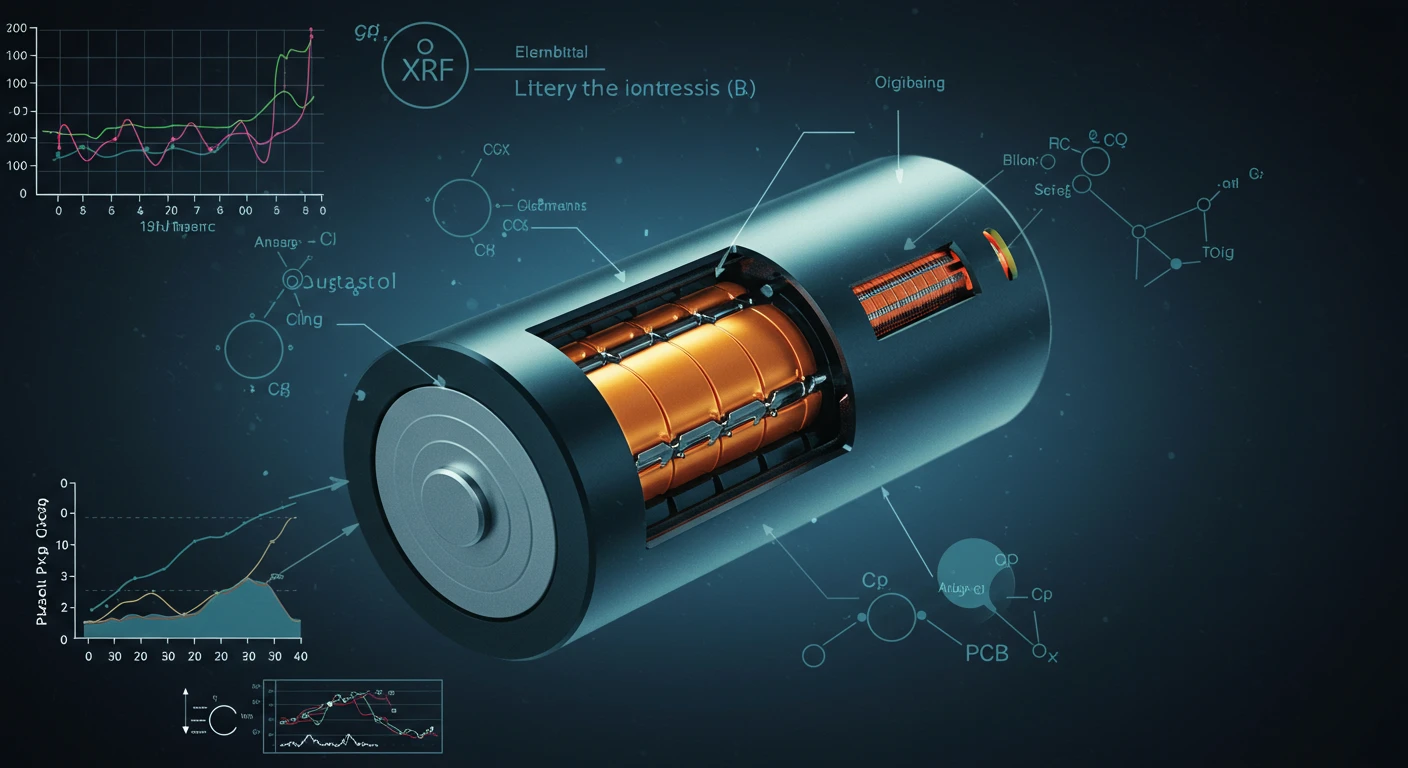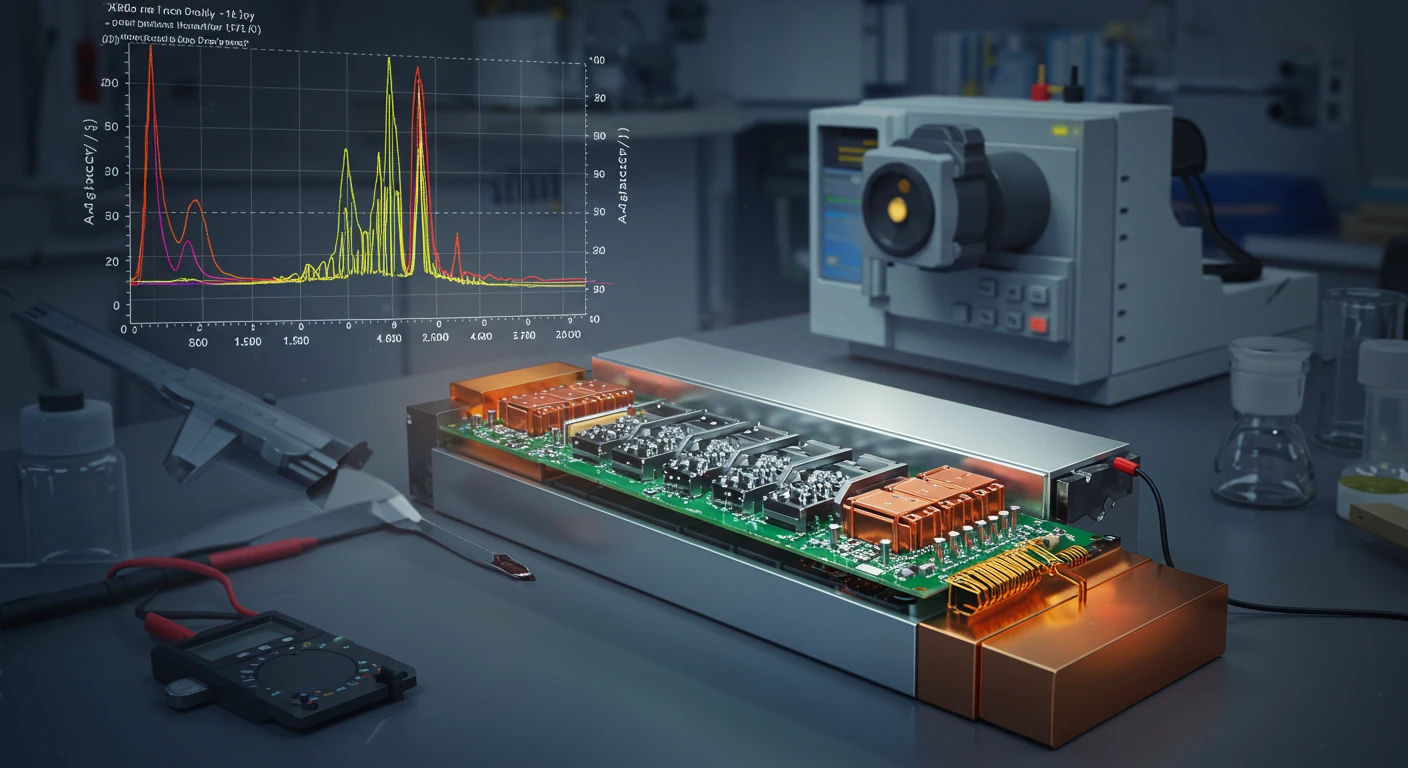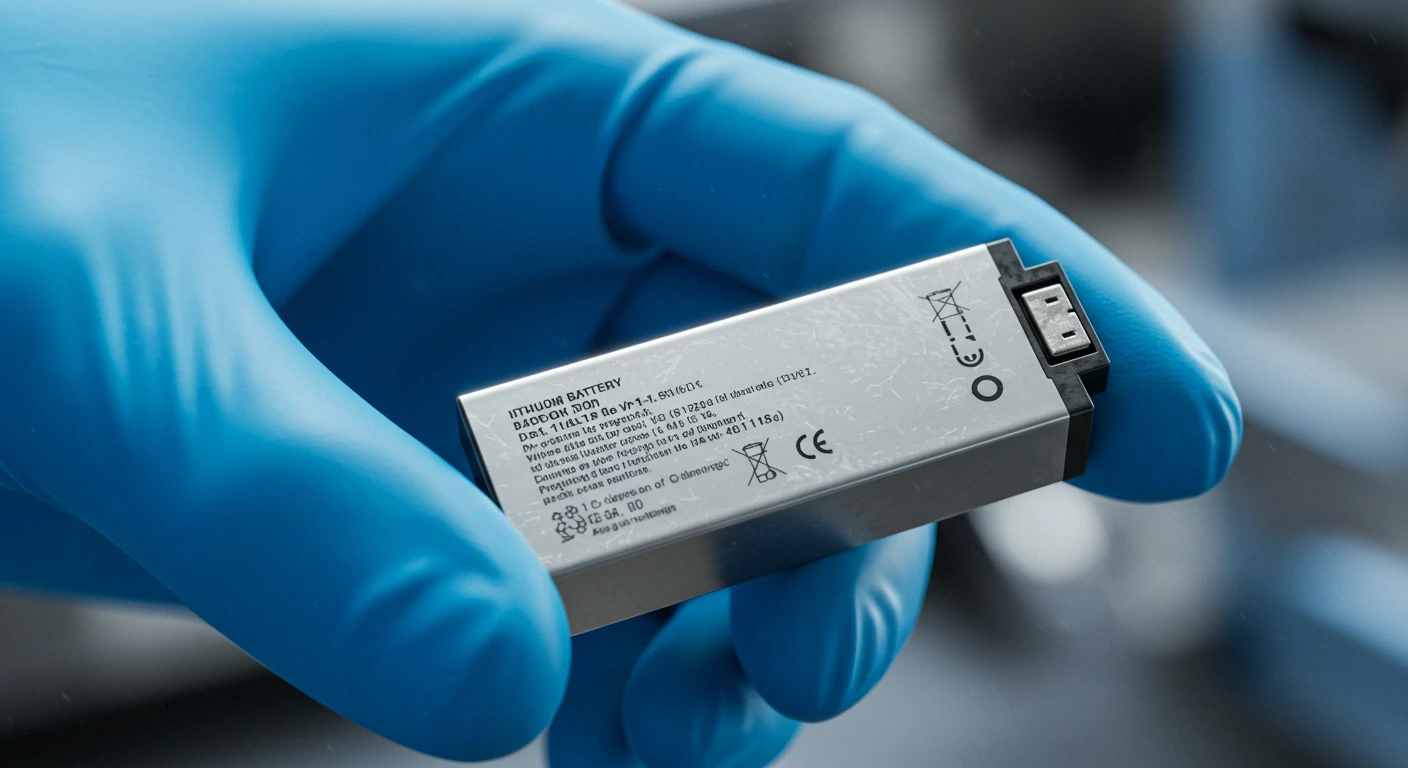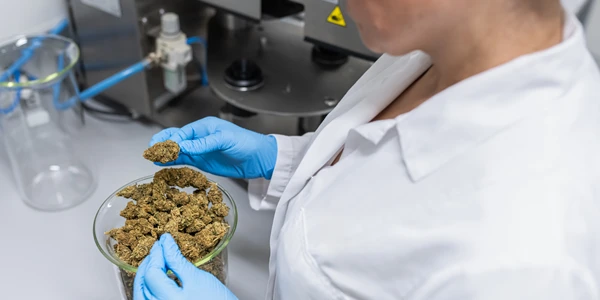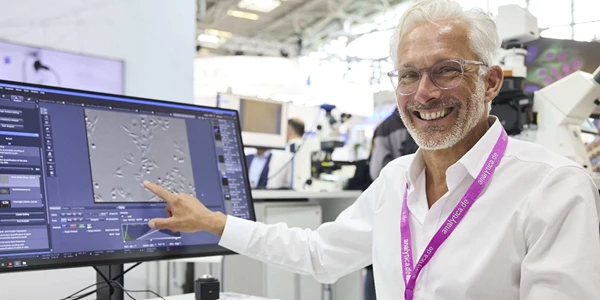The Erlenmeyer Flask: A Versatile Tool in Every Lab
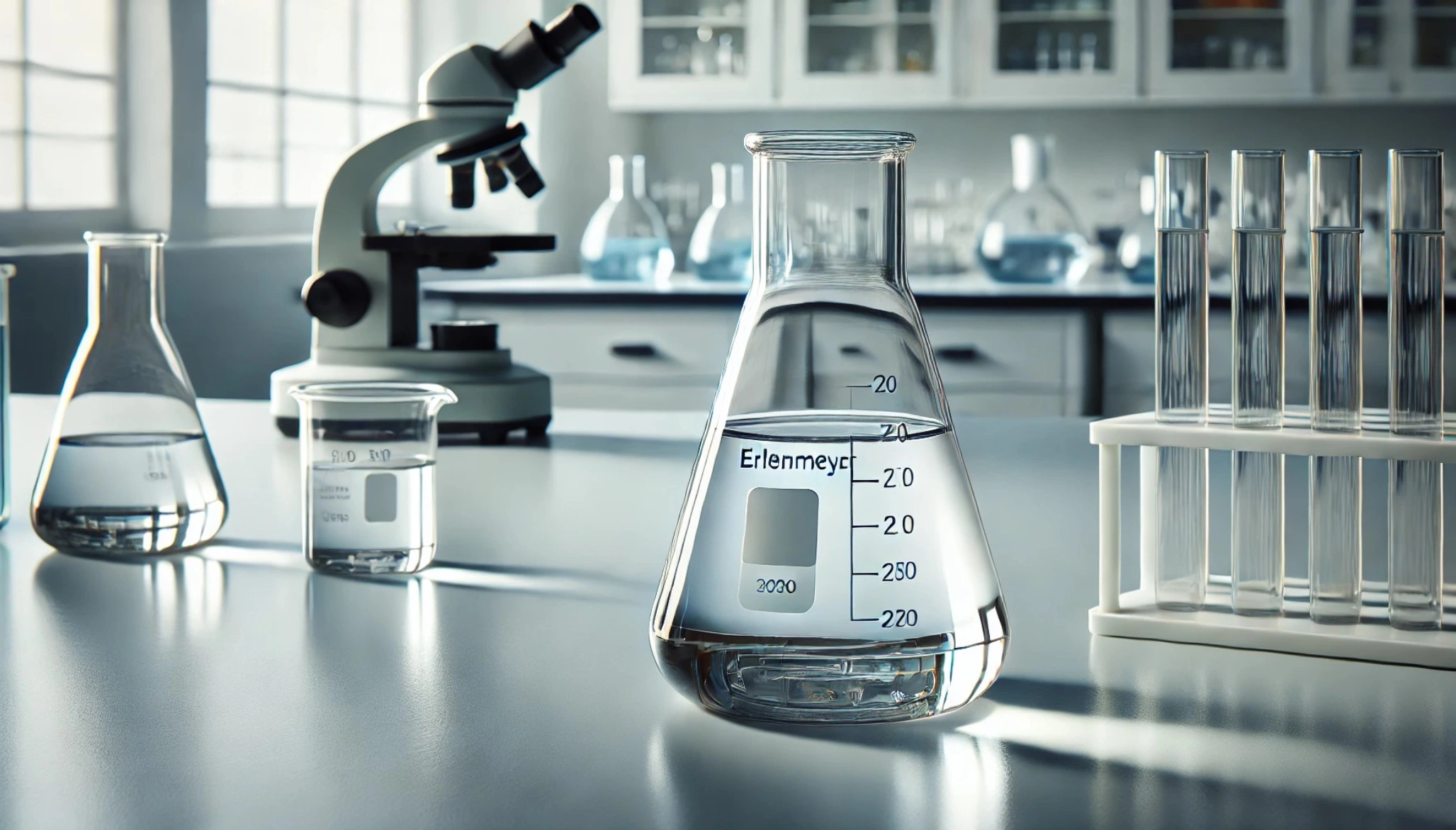
The Erlenmeyer flask, also known as an Erlenmeyer conical flask, is a common piece of glassware used in laboratories worldwide. It has a distinctive conical shape, with a flat bottom, a wide base that tapers into a narrow neck, and a small opening at the top. This design makes the flask ideal for mixing, heating, and storing liquids without the risk of spillage. Invented by German chemist Emil Erlenmeyer in 1861, the flask has since become a staple in scientific research and education. Erlenmeyer flasks are made from glass or plastic and come in various sizes, ranging from a few milliliters to several liters. The flask’s design also makes it easy to cover with a stopper or cap, which helps prevent contamination during experiments. The Erlenmeyer conical flask is incredibly versatile and has a wide range of uses in laboratories: Mixing Solutions Heating and Boiling Titration Culturing Microorganisms Storage Measuring Liquid Volumes The design of the Erlenmeyer flask offers several benefits over other laboratory glassware: Whether you're working in a chemistry, biology, or general research lab, the Erlenmeyer flask is a fundamental tool that offers flexibility and utility in a variety of applications. From mixing solutions to heating and storing liquids, this versatile flask remains an essential part of any laboratory setup. For more information on Erlenmeyer flasks or other laboratory glassware, explore available options on LabX.com, where you can find various sizes and materials suited to your lab's specific needs.What is an Erlenmeyer Flask?
What is an Erlenmeyer Flask Used For?
One of the primary uses of an Erlenmeyer flask is mixing chemicals or solutions. The conical shape helps minimize the risk of spillage when swirling the flask, making it ideal for tasks that require mixing or shaking liquids.
Erlenmeyer flasks can withstand high temperatures and are often used for heating or boiling liquids. Their wide base ensures even heat distribution, making them suitable for controlled heating on a hot plate or over an open flame.
During titration experiments, where precise amounts of a reagent are added to a solution to measure its concentration, the narrow neck of the flask helps reduce evaporation. The flask’s shape makes it easier to swirl the solution, ensuring even mixing during the titration process.
In biological labs, Erlenmeyer flasks are used for culturing bacteria, yeast, or other microorganisms. The flask allows ample space for growth media, and the neck can be sealed with cotton or specialized stoppers to ensure sterility while allowing airflow.
Erlenmeyer flasks are also used to store liquids and solutions in both chemical and biological labs. Their ability to be easily sealed makes them an excellent choice for temporary storage without the risk of contamination or evaporation.
While not as precise as graduated cylinders, Erlenmeyer flasks can be used for rough volume measurements in non-critical applications, particularly when an exact volume isn't necessary.Advantages of Using an Erlenmeyer Flask
Shop LabX for Laboratory Glassware
